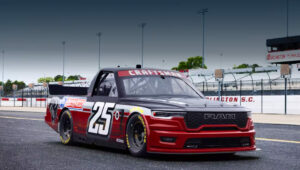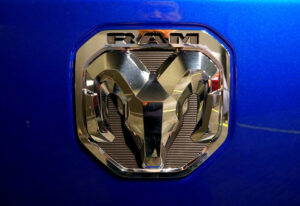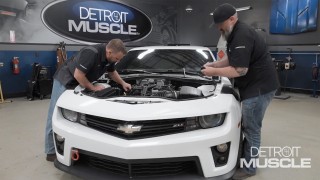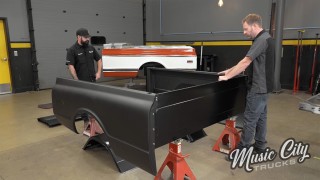Stellantis Pulls the Plug on the Electric Charger
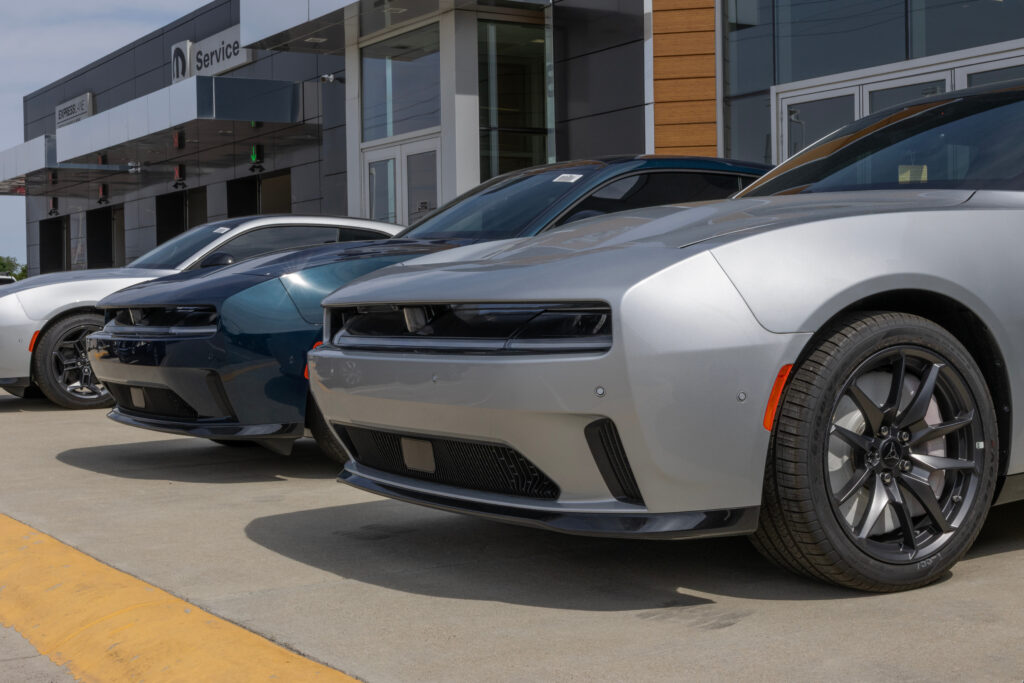
In a surprising twist that’s shaking up the performance and EV communities alike, Stellantis has decided to cancel its plans for an all-electric Dodge Charger—at least the version they originally hyped up. For months, gearheads have been buzzing over the idea of an electric muscle car that could still bark like a HEMI. Dodge’s Charger Daytona SRT Concept had promised just that: an EV muscle car with futuristic styling, neck-snapping acceleration, and an artificial exhaust note dubbed the “Fratzonic Chambered Exhaust.” But now, the future of that vision is looking a lot dimmer.
Table of Contents
What Went Wrong?
Dodge had boldly stepped into uncharted waters with their concept. The Daytona SRT wasn’t just another electric car—it was supposed to be the new face of American muscle. It carried retro styling cues, was set to feature an 800-volt Banshee powertrain, and even had simulated gear shifts to mimic the feel of a traditional performance vehicle. To put it plainly, they were trying to make an EV that could scratch the same itch as a V8. That’s no small task.
But then reality hit. Despite the buzz, production delays, mounting costs, and shifting consumer interests started to weigh the whole thing down. Meanwhile, traditional ICE models like the Charger and Challenger were continuing to move units right up until their final days. Enthusiasts weren’t quite ready to say goodbye to combustion—especially when electrics came with a higher price tag and questionable sound effects.
The Pivot Back to Combustion
Instead of going all-in on the battery-powered muscle machine, Stellantis has pivoted. Reports indicate that while the Charger nameplate will live on, it’ll likely debut with internal combustion engine options first—possibly powered by the all-new Hurricane inline-six—and plug-in hybrid variants down the road. The full-electric version is no longer front and center. It’s not completely dead, but it’s been pushed to the back burner for now.
Was the EV Charger Too Much, Too Soon?
This about-face raises a lot of questions. Was the EV Charger simply too ahead of its time? Did they underestimate the loyalty to the V8? Or was the idea of a synthesized exhaust and fake gear shifts just a bit too much to stomach for the average muscle car fan?
For PowerNation viewers and muscle car diehards, the move comes with mixed emotions. On one hand, it’s a win for those who aren’t ready to trade the rumble of a big American engine for the whine of an electric motor. On the other, it represents a sort of identity crisis for the brand that once prided itself on being loud, bold, and unapologetically old-school.
Performance Isn’t Going Anywhere
It’s clear Dodge still wants to evolve. Their messaging has been about “eMuscle” and the future of performance, but it seems that future will now be reached with a more gradual shift—one that includes hybrids and high-output six-cylinders before full EVs take over.
What This Means for the Industry
What does this mean for the broader performance world? If Stellantis—the company that owns Dodge, Jeep, Ram, and Chrysler—is scaling back its EV ambitions, it might be a sign of a larger trend. EVs are still coming, but the road may be longer and bumpier than expected. Consumers want performance, but they also want sound, feel, and heritage. And right now, battery-powered cars aren’t checking all those boxes.
The V8 Lives to Fight Another Day
So while the electric Charger isn’t entirely gone, it’s taking a back seat for now. And that means there’s still time to enjoy the roar of combustion, build that dream HEMI project, and hold onto the golden age of muscle—at least for a little while longer.
For those of us who still get goosebumps from a cold start or a third-gear pull, that’s not bad news at all.



